Affiliate links on Android Authority may earn us a commission. Learn more.
OnePlus X vs Nexus 5X
Published onDecember 6, 2015

While there is no shortage of premium flagship smartphones out there, this year has also seen a larger focus on affordability without a compromise in quality. Two smartphones that fall in this ever-growing category are the Nexus 5X and the OnePlus X.
In the former, we get the spiritual successor to the extremely popular Nexus 5, while the latter is OnePlus‘ attempt to offer the best features of the flagship OnePlus 2 and its predecessor in a beautiful package. How do these two affordable smartphones compare? We find out, as we take an in-depth look at the OnePlus X vs Nexus 5X!
[related_videos align=”center” type=”custom” videos=”659676,651385,651264,658390,654280″]
Design

When it comes to the design, we get the metal and glass unibody design of the OnePlus X, compared to the entirely plastic build of the Nexus 5X, While the former is the cheaper of the two smartphones, you certainly won’t think that to be true when comparing their respective build qualities.
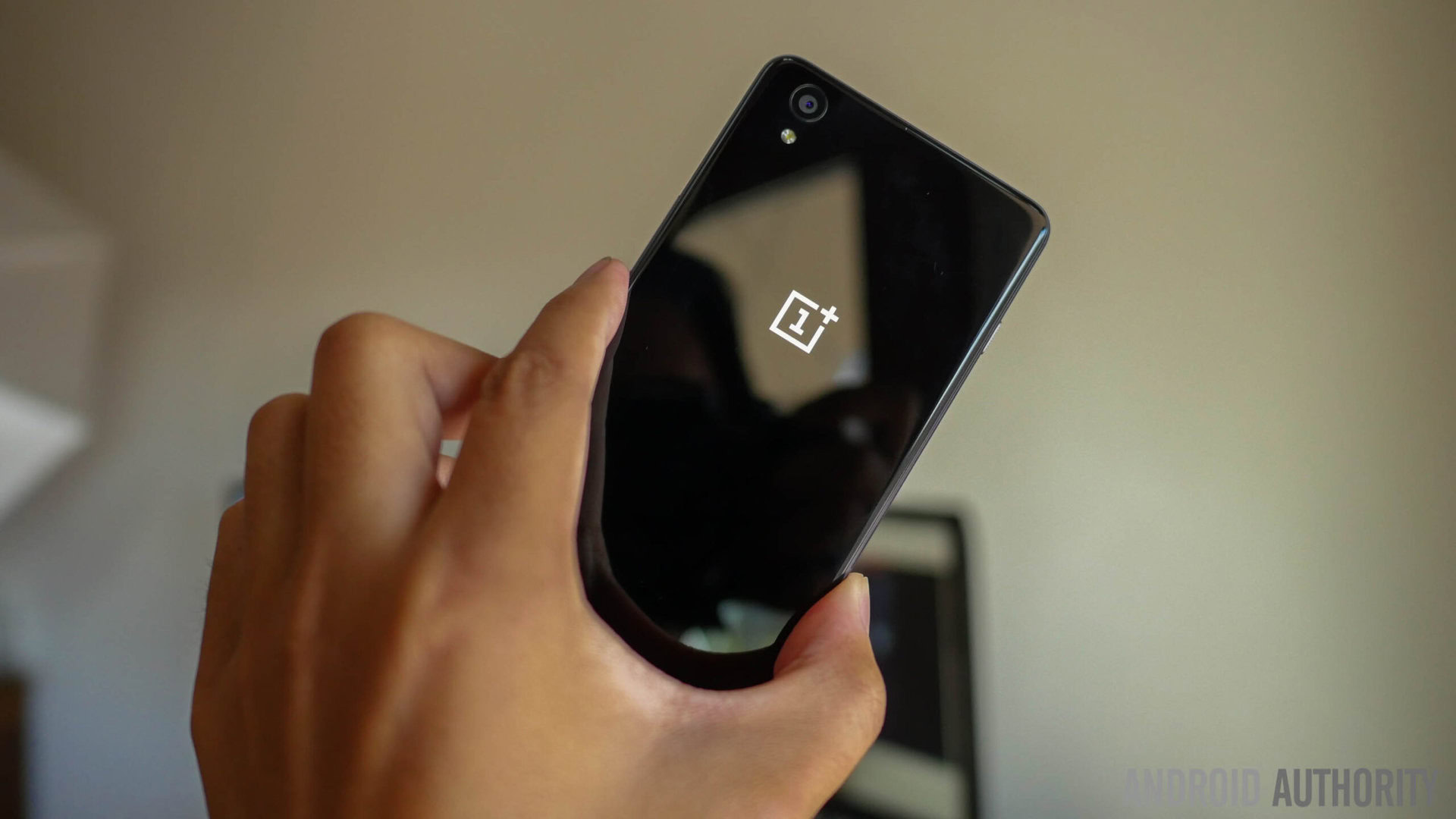
With their first mid-range smartphone offering, OnePlus decided to employ a design and build quality that is usually reserved for devices that are far more expensive. The metal frame features some micro cuts that are not only aesthetically pleasing, but contribute to the grip as well. With the display off, a look at the front gives the illusion of the device not having any side bezels at all, which makes the device look even better, and taking advantage of this design element is the Dark Mode that is activated by default (more on that later).
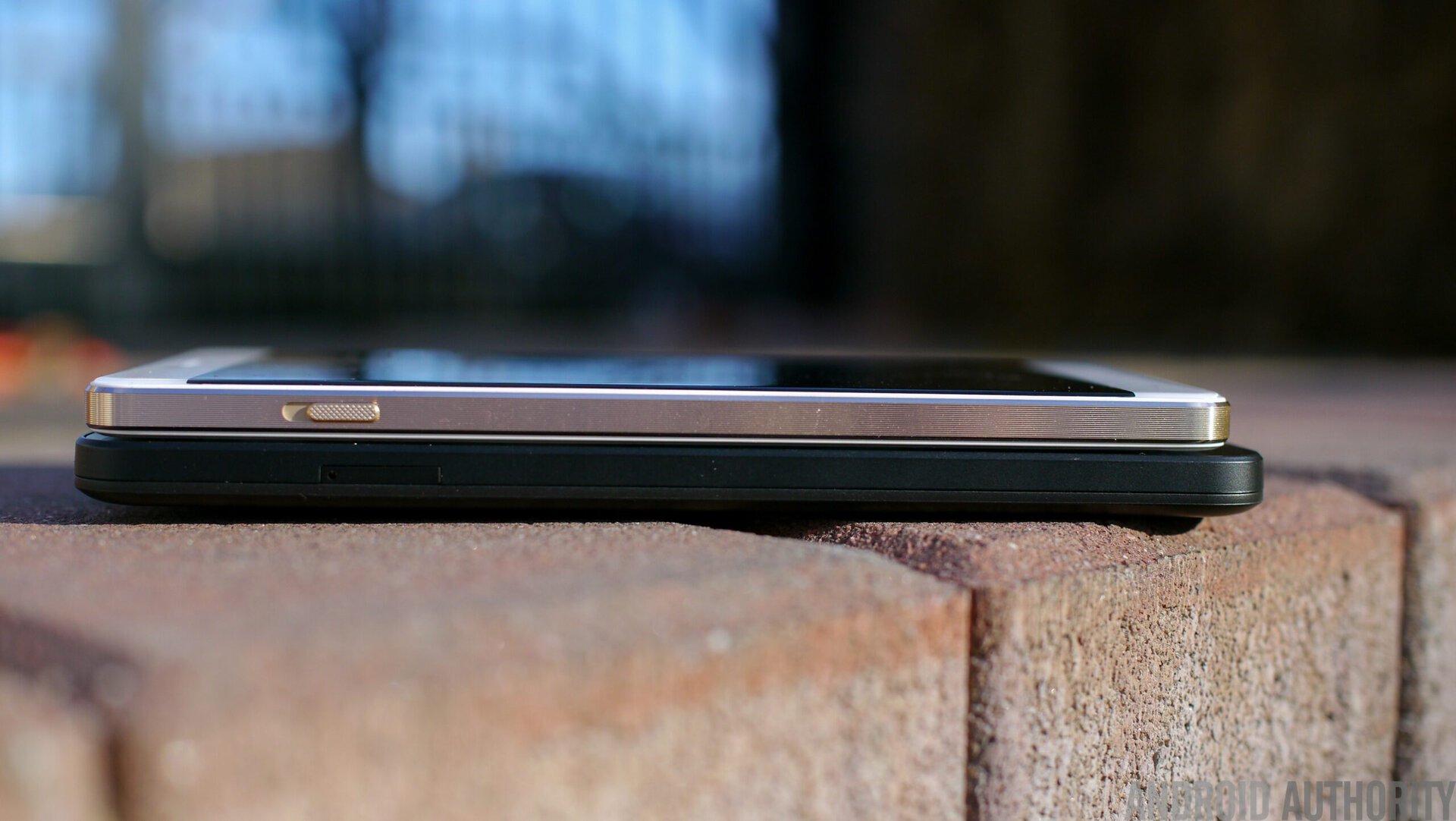
On the other hand is the Nexus 5X with its soft touch plastic back plate that has been retained from the Nexus 5. While not particularly premium-feeling, the Nexus 5X is still a sleek and elegantly-designed smartphone that feels really nice in the hand. Despite the plastic build, the device certainly doesn’t feel cheap, and LG has done a great job in maintaining the feel of high quality.
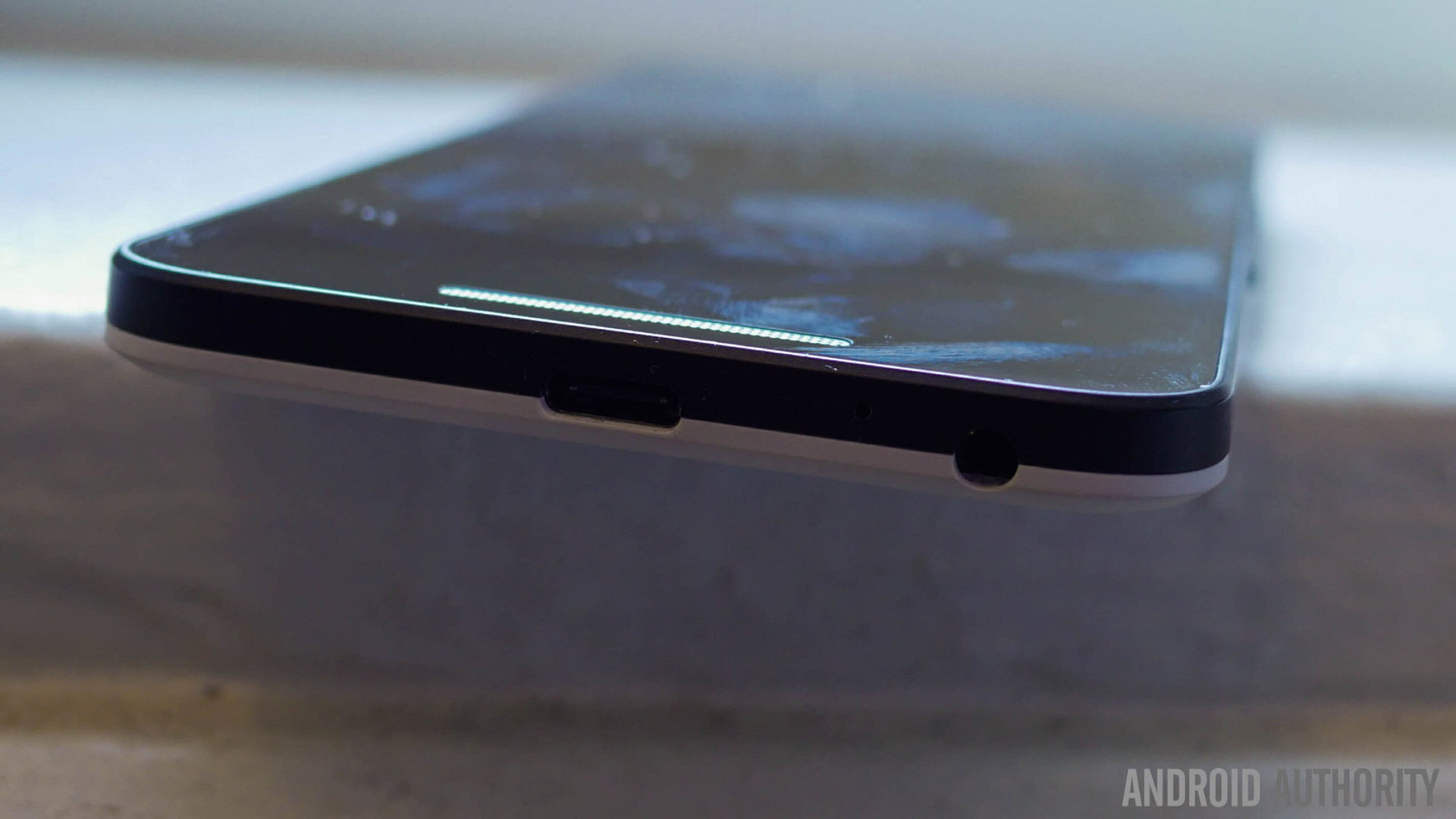
With the Nexus 5X featuring the larger display of the two, it’s understandable that it is slightly taller and wider than the OnePlus X. The X is also thinner than the Nexus device, and there is a negligible difference in weight between these two surprisingly light smartphones. In either case, users will have no complaints with regards to the handling experience with either smartphone, and their relatively compact sizes allow for comfortable one-handed use as well.
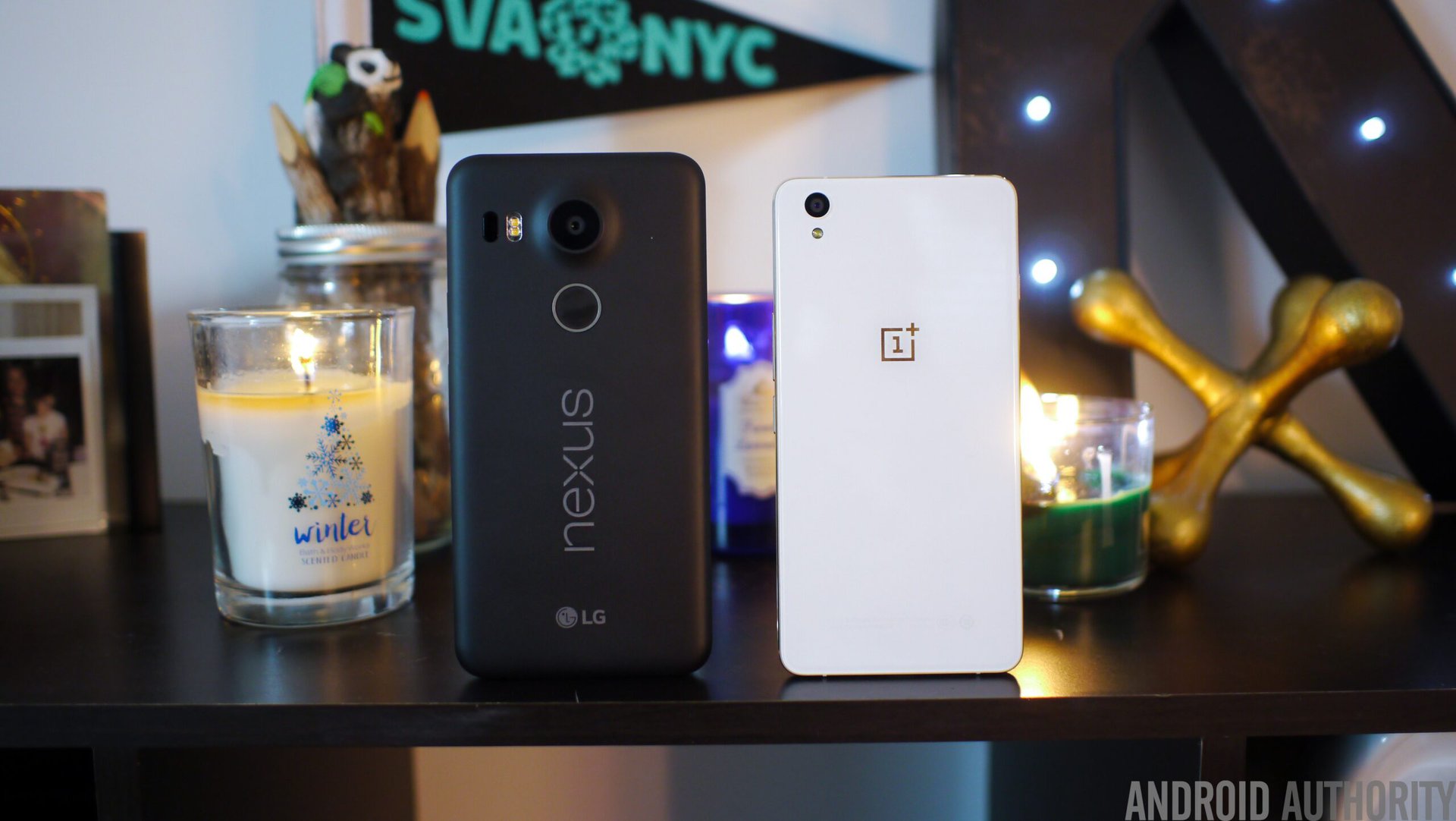
Taking a look around these devices, the power button and volume rocker are found on the right side with both. The metallic buttons on the OnePlus X comes with a ridged texture, and feel much better than the plastic buttons of the Nexus 5X. The charging ports are found at the bottom, and while OnePlus decided to go back to the old microUSB standard with the OnePlus X, the Nexus 5X features the newer USB Type-C standard. The headphone jack of the OnePlus X is placed up top, while it is at the bottom in the case of the Nexus 5X, and which placement you prefer comes down to your individual taste.
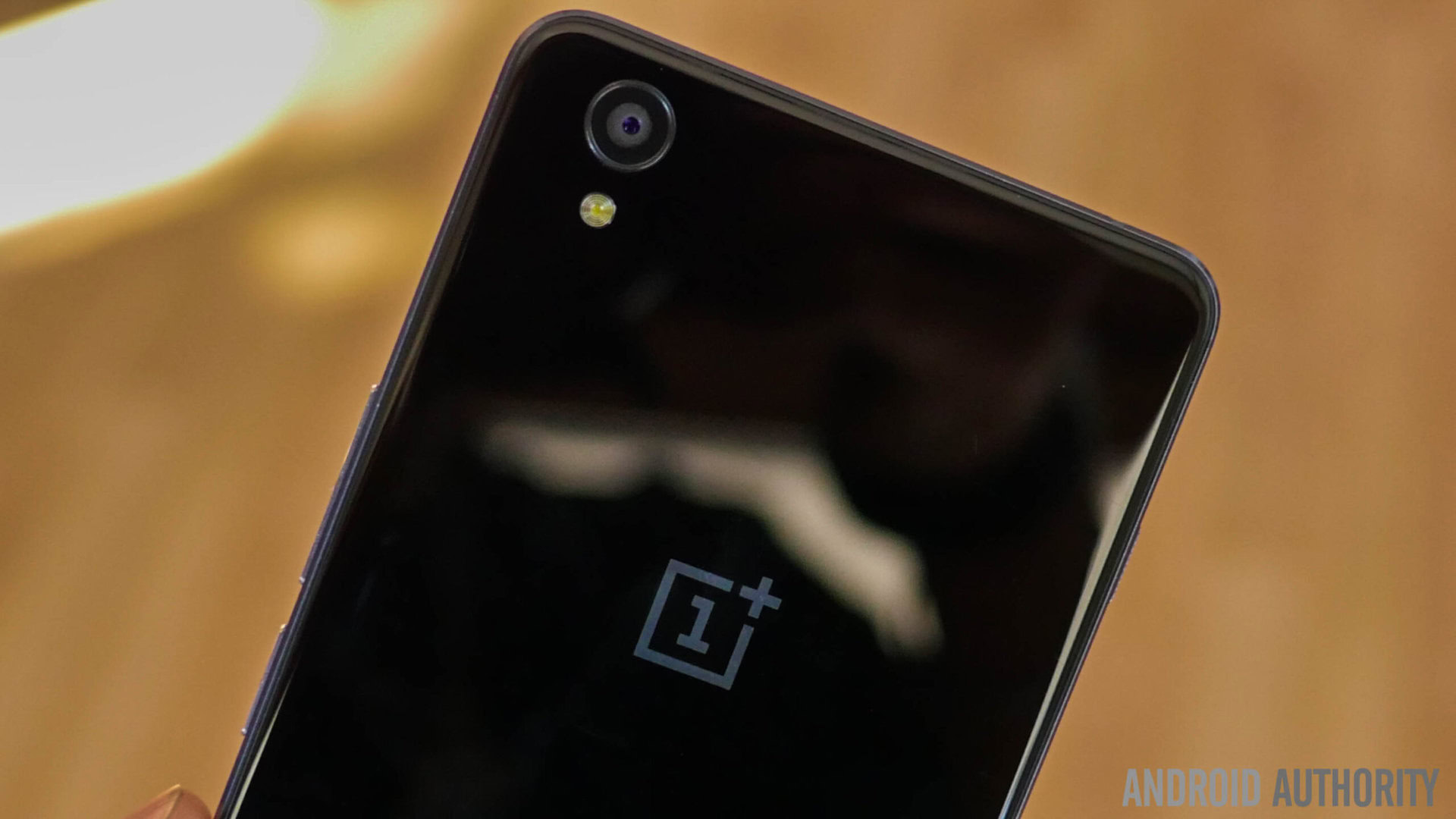
The Nexus 5X is not lacking in terms of design and build quality, but does fall short when compared to the OnePlus X. The premium build of the OnePlus X goes far beyond what its price point would suggest, and design is definitely one of the biggest positives of this mid-range affordable offering from OnePlus.
Display

When it comes to the display, the OnePlus X features a 5-inch AMOLED display with a Full HD resolution, resulting in a pixel density of 441 ppi. The Nexus 5X comes with a slightly larger 5.2-inch IPS LCD screen, also with a 1080p resolution, resulting in a slightly lower pixel density of 424 ppi – a difference that you will be hard-pressed to notice.

What is noticeable however is the difference that is a result of the dissimilar underlying technologies. AMOLED allows for the deep blacks, high contrast, and saturated colors that you’d expect. Taking further advantage of this tech is the system-wide Dark Mode that is enabled by default, and the presence of a lot of dark elements on the screen let colors and text pop even more.
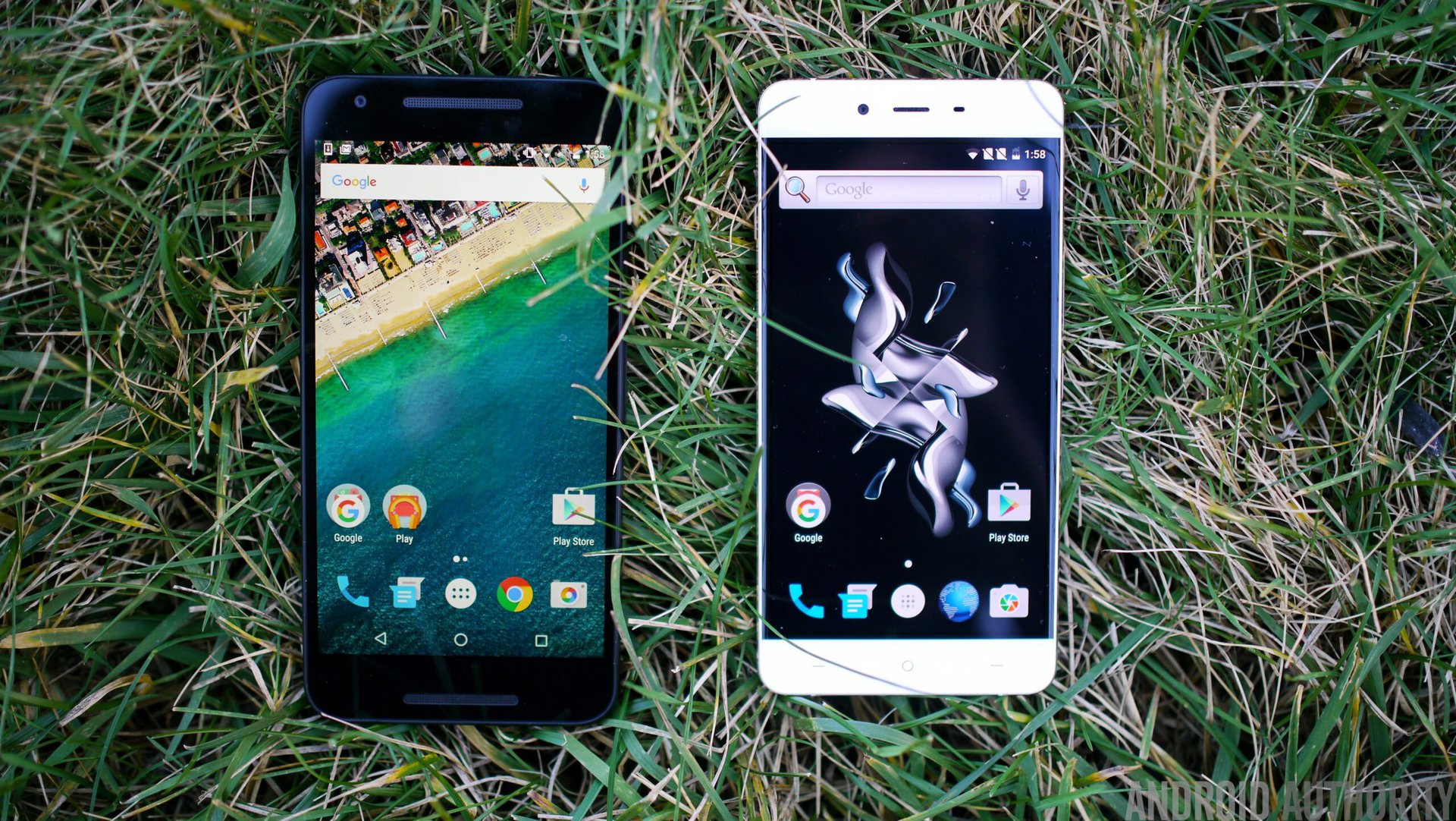
The colors aren’t as saturated on the display of the Nexus 5X, the backlight is more noticeable when trying to display black elements, and even the whites have a greenish tinge to them. However, the display of the Nexus 5X has its positive points over that of the OnePlus X in terms of viewing angles and brightness, with the former definitely being easier to view in broad daylight. While the display of the Nexus 5X isn’t bad, the OnePlus X does manage to offer the more immersive viewing experience.
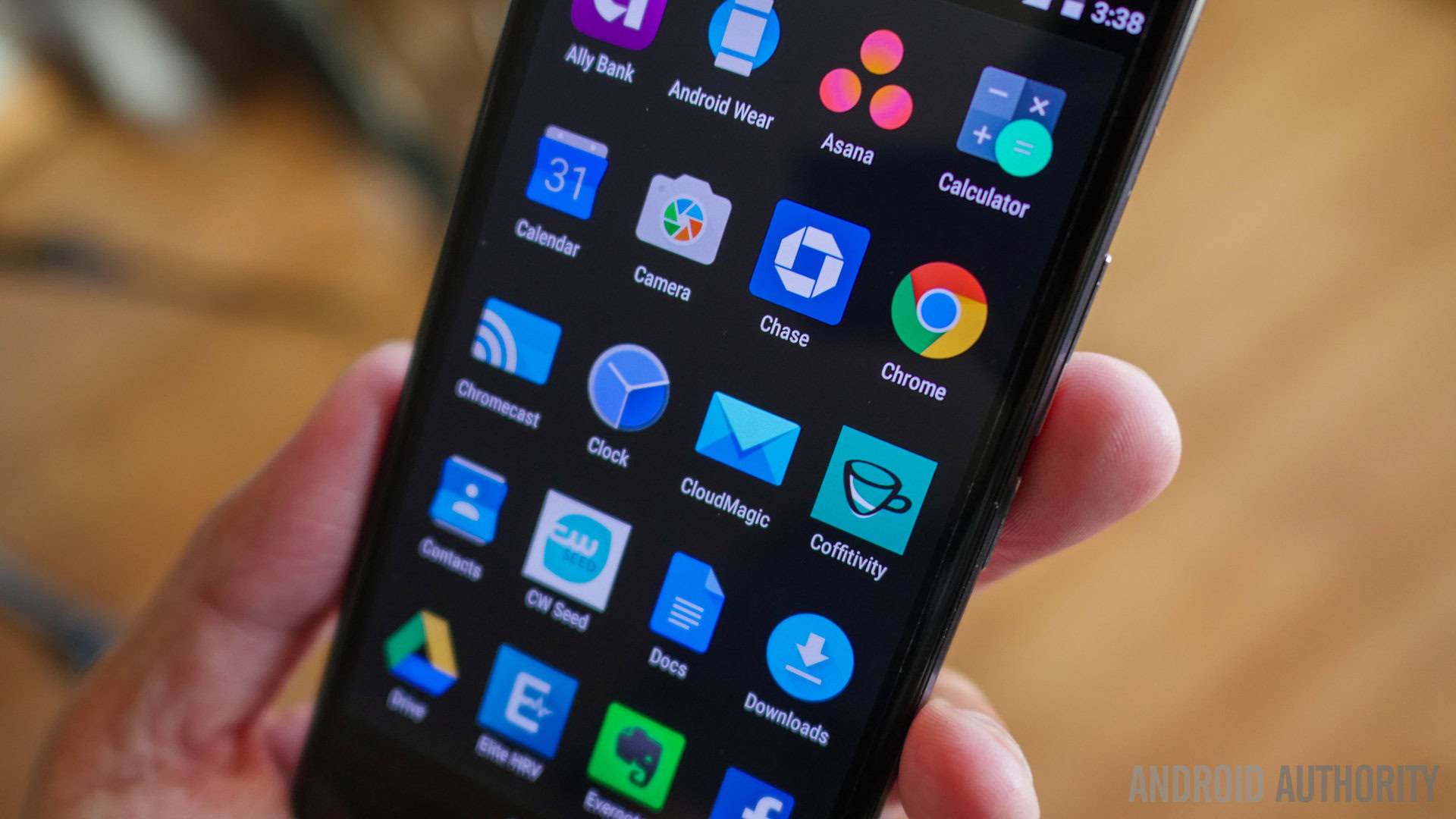
Even though the Nexus 5X has the slightly larger display, a part of the screen real estate is used with on-screen navigation keys. In the case of the OnePlus X, users have the option to switch to capacitive navigation keys as well, which make the display feel as big as the one found on the Nexus 5X.
Performance
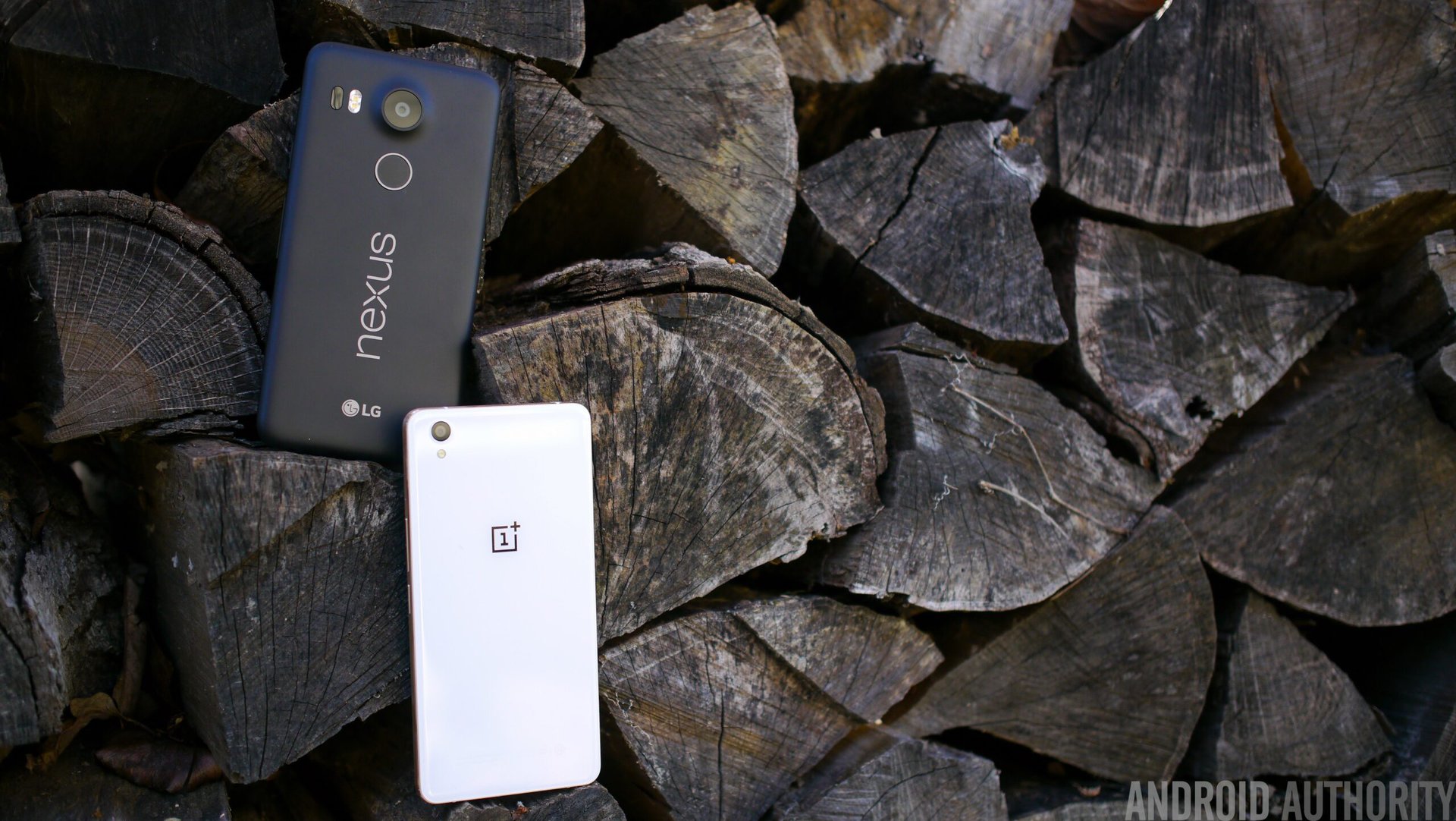
Under the hood, the Nexus 5X comes with an hexa-core Qualcomm Snapdragon 808 processor clocked at 2GHz and backed by the Adreno 418 GPU and 2 gigabytes of RAM. The OnePlus X is powered by the older quad-core Qualcomm Snapdragon 801 processor clocked at 2.3GHz, and backed by the Adreno 330 GPU and 3 gigabytes of RAM. While the processing package of the Nexus 5X may not be the latest and greatest, it is still found with a few other current generation flagships. Though the Snapdragon 801 may be showing its age, it was the 2014 flagship standard, and remains very capable. Also making a difference is the availability of an additional gigabyte of RAM with the OnePlus X.

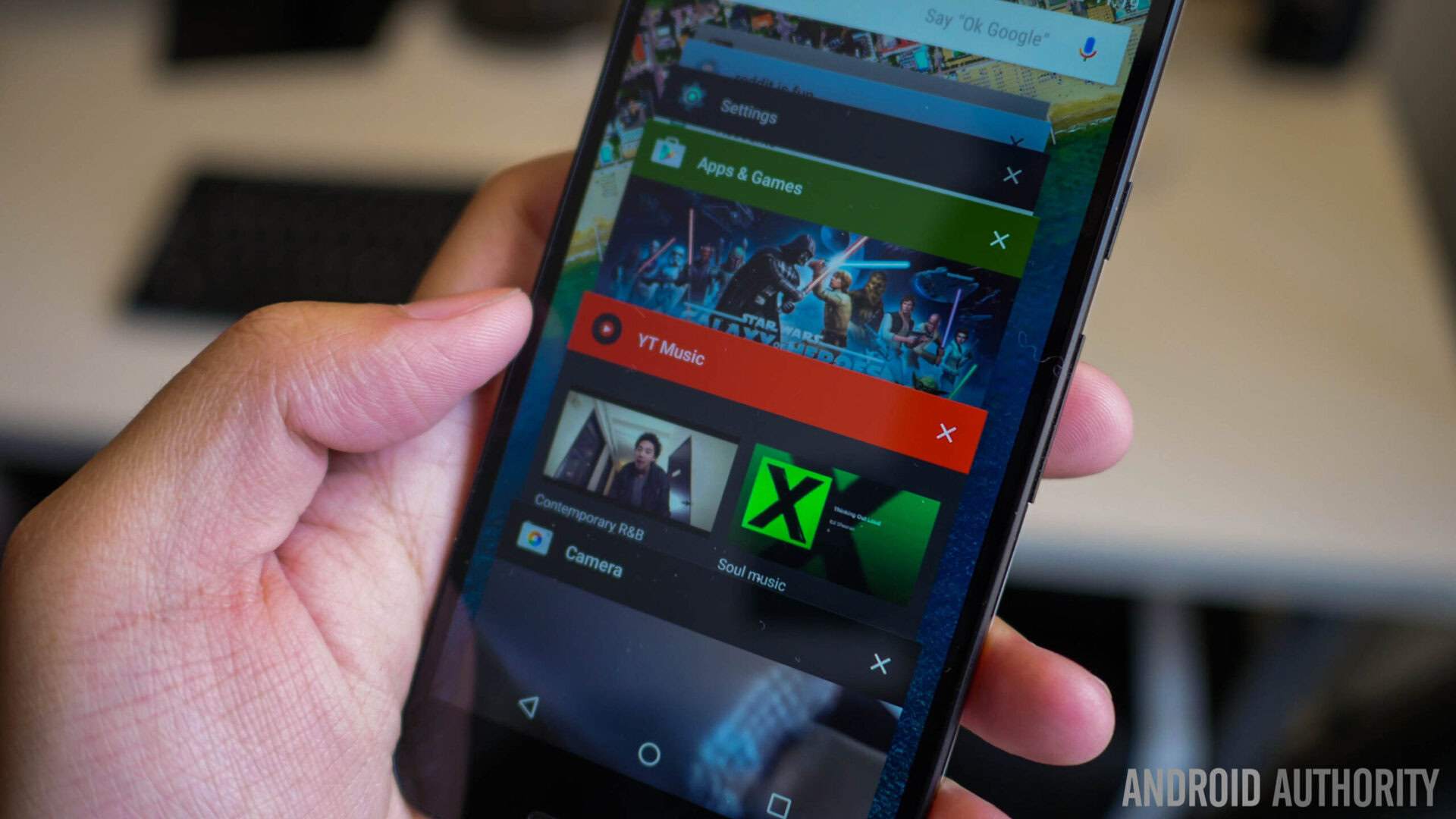
The OnePlus X may not be the fastest performer out there, and the processing package certainly shows its age. You will likely see choppy animations while moving through the various elements of the UI, and there will also be occasional instances of lag and stutter, which can prove to be annoying. Of course, you do have the option to select how fast the animations play, or disable them entirely to help in this regard. The OnePlus X can handle most games easily, but you will start to see and increasing amount of dropped frames and lag with the more processor-intensive games, which is disappointing. Overall, the performance of the OnePlus X is consistently okay, and while it may not fly, there aren’t any major issues that really detract from the experience.
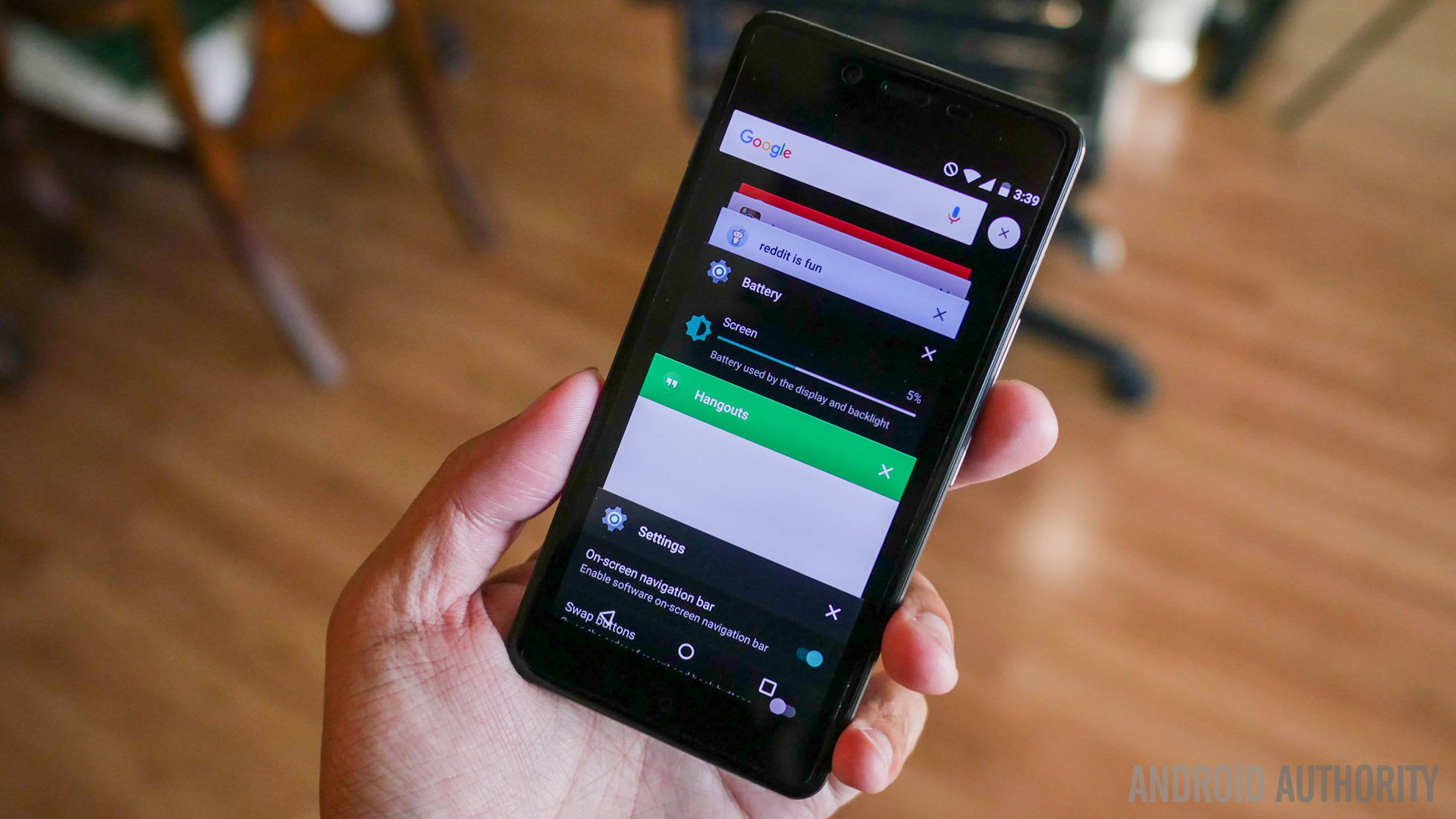
On the other hand, the Nexus 5X features a very smooth and snappy experience for the most part, and the device handles everything very well, from everyday tasks to processor-intensive gaming. That said, the device does suffer from glaring performance issues on occasion, even if they do occur rarely. Tasks that are usually smooth, such as loading applications, will suddenly take a long time, and some apps, like the camera application, are prone to crash rather consistently. With only 2GB of RAM, multi-tasking isn’t the best either, and power users may be disappointed in this regard. The good news is that some of the performance issues can be fixed with software updates, and that will hopefully allow for the snappy experience that is seen most of the time, to then be possible all of the time.
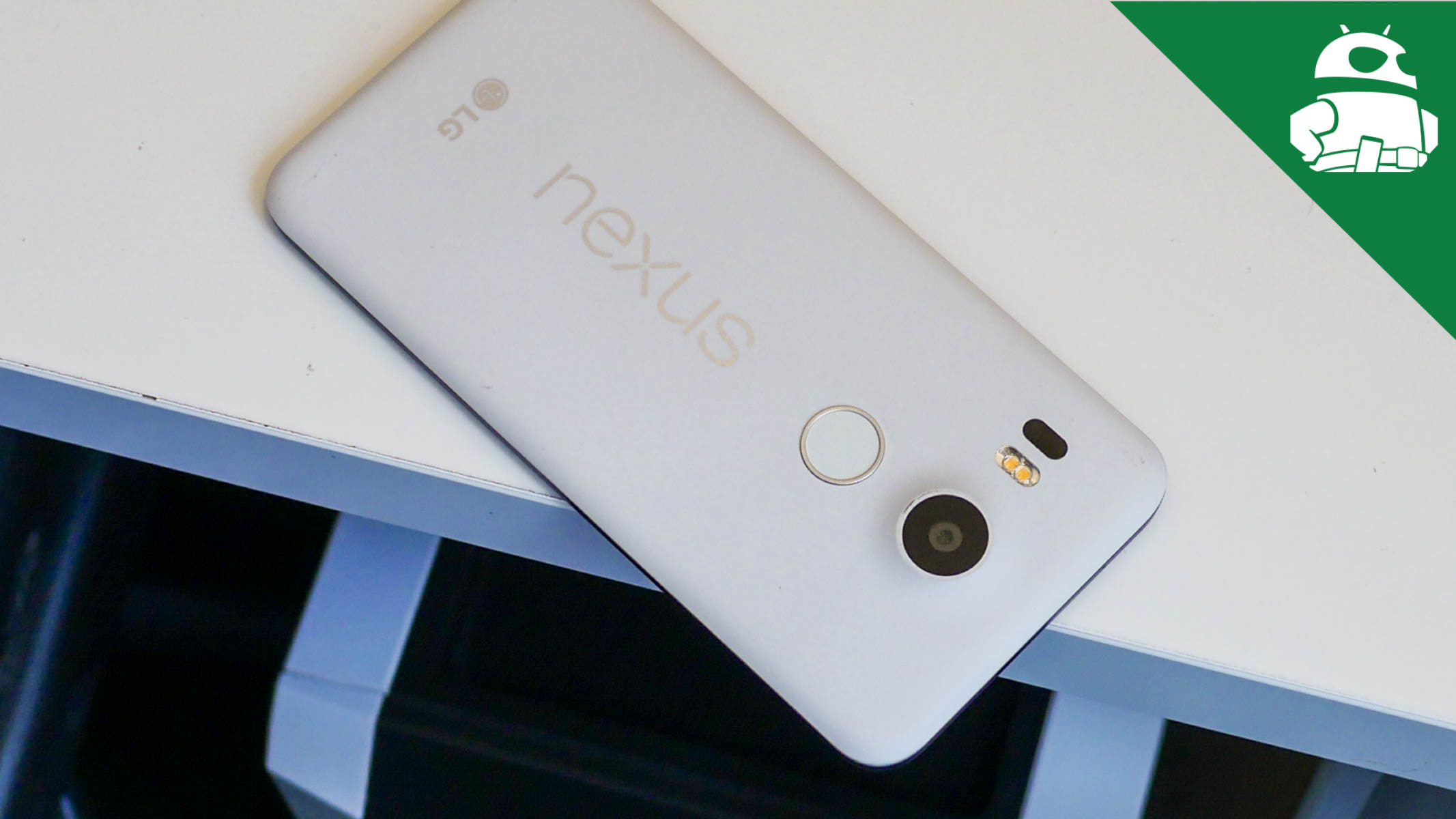
Hardware
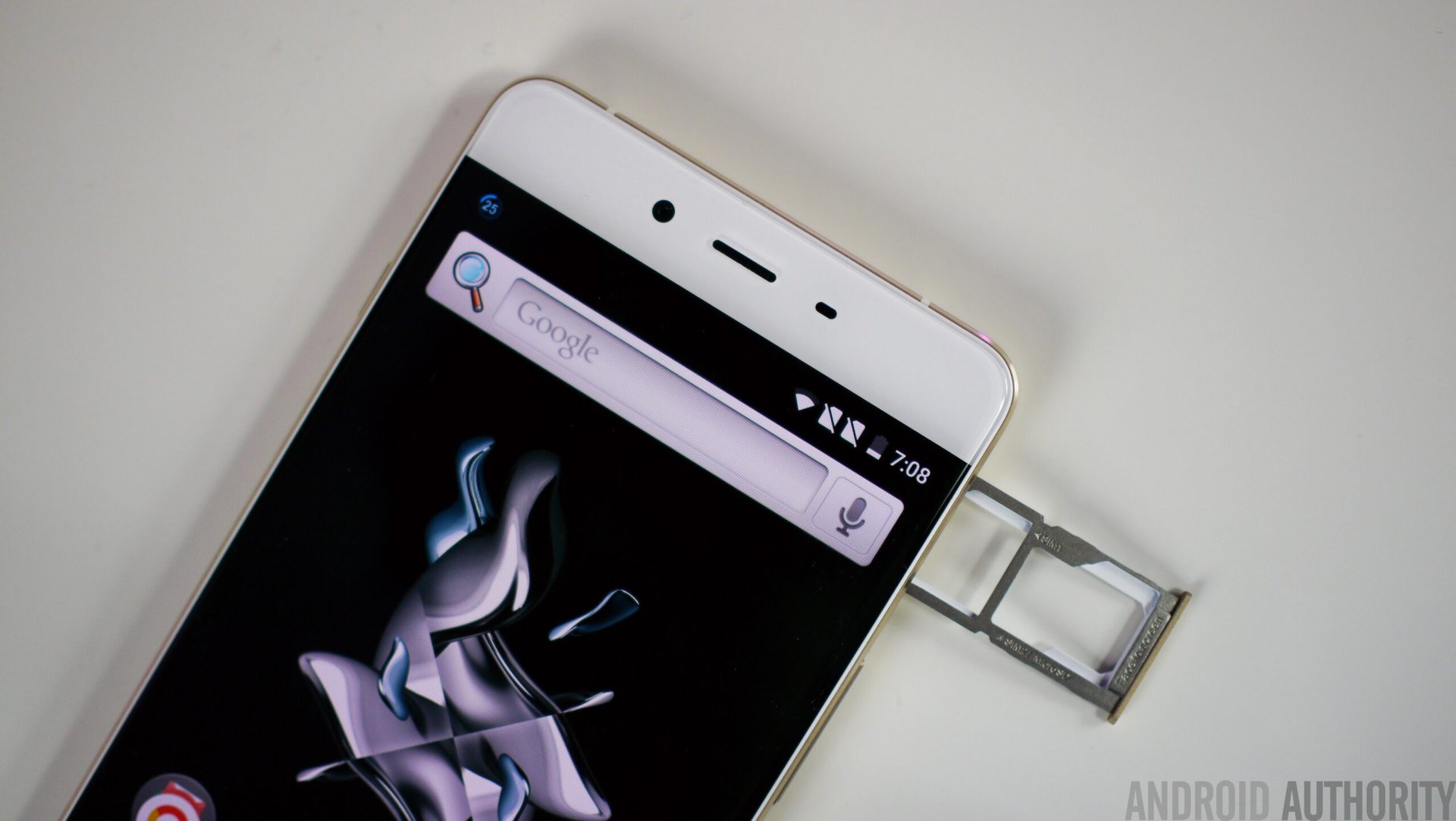
The Nexus 5X is available in 16 or 32 gigabyte storage iterations, but with no expandable storage possible, most users will be better off opting for the higher storage version. On the other hand, the OnePlus X is available only with 16GB of on-board storage, but does come with expandable storage via microSD card by up to 128 gigabytes. However, keep in mind that the second SIM slot also doubles as the microSD card slot, so you will have to make a choice between expandable storage or dual SIM capabilities.

The most notable addition with the Nexus 5X is the fingerprint scanner on the back, placed ideally to be within easy reach of your index finger when holding up the phone. The scanner is very fast and reliable, and rarely fails to read the fingerprint accurately. Given that using the scanner lets you wake and unlock the device in one go, it is also one of the fastest unlocking experiences around. A well implemented fingerprint scanner is definitely very useful, and it is unfortunate that this feature did not make its way over to the OnePlus X from its flagship sibling. What is retained from the OnePlus 2 however is the Alert Slider, which proves to be a really easy way of silencing the phone.
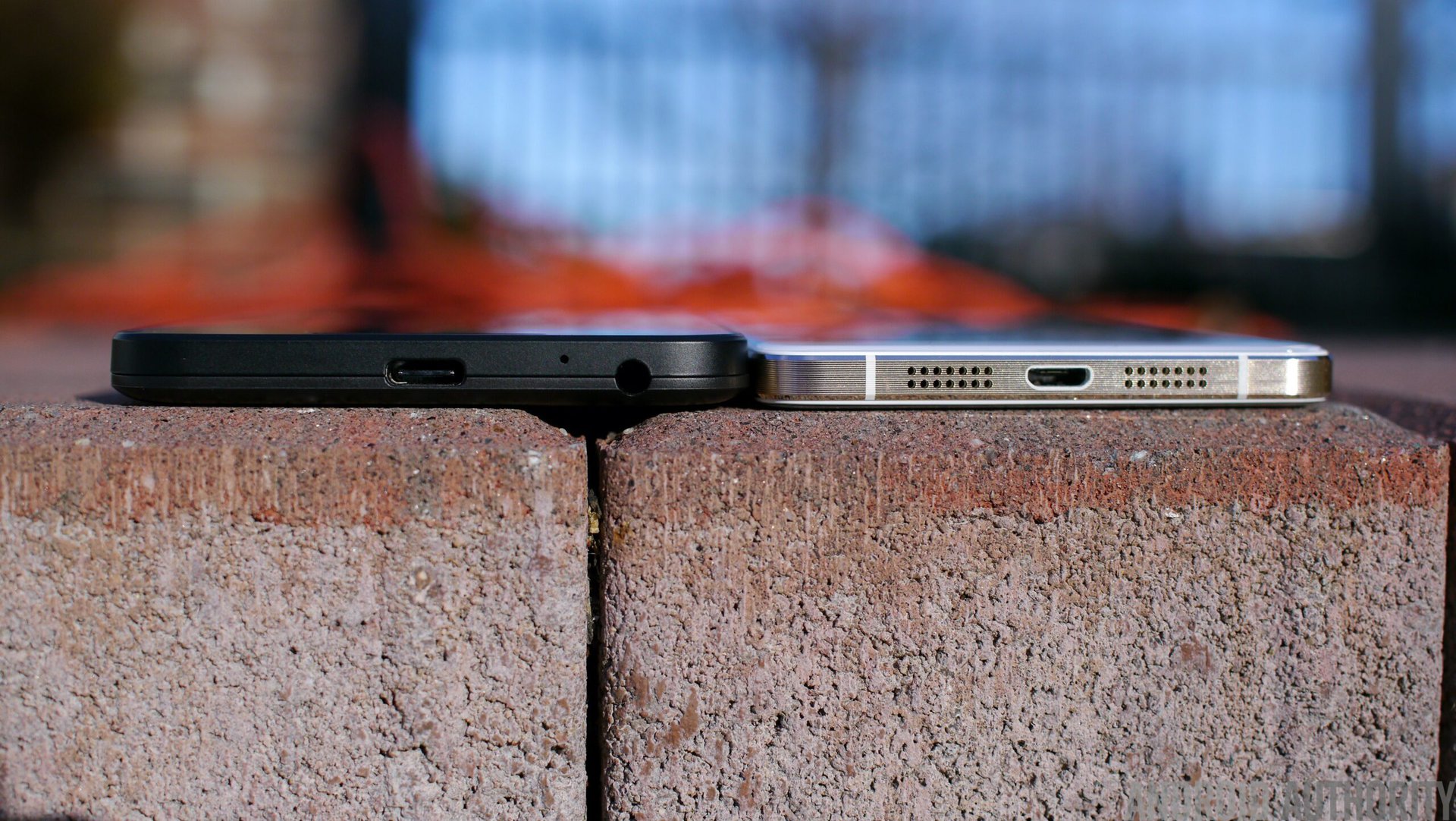
When it comes to the speaker setup, the Nexus 5X comes with a single front-facing speaker found below the display. And despite appearances, the OnePlus X also comes with only a single bottom-mounted speaker that is housed under the left grill. While front-facing speakers are usually what is preferred, in this case, the speaker of the OnePlus X is actually better, even though the speaker is facing away and towards the ground. Not only is the Nexus 5X speaker not as loud, but actually seems more muffled compared to the more emphasized treble of the OnePlus X speaker. Both speakers aren’t the best however, but will get the job done for the most part.
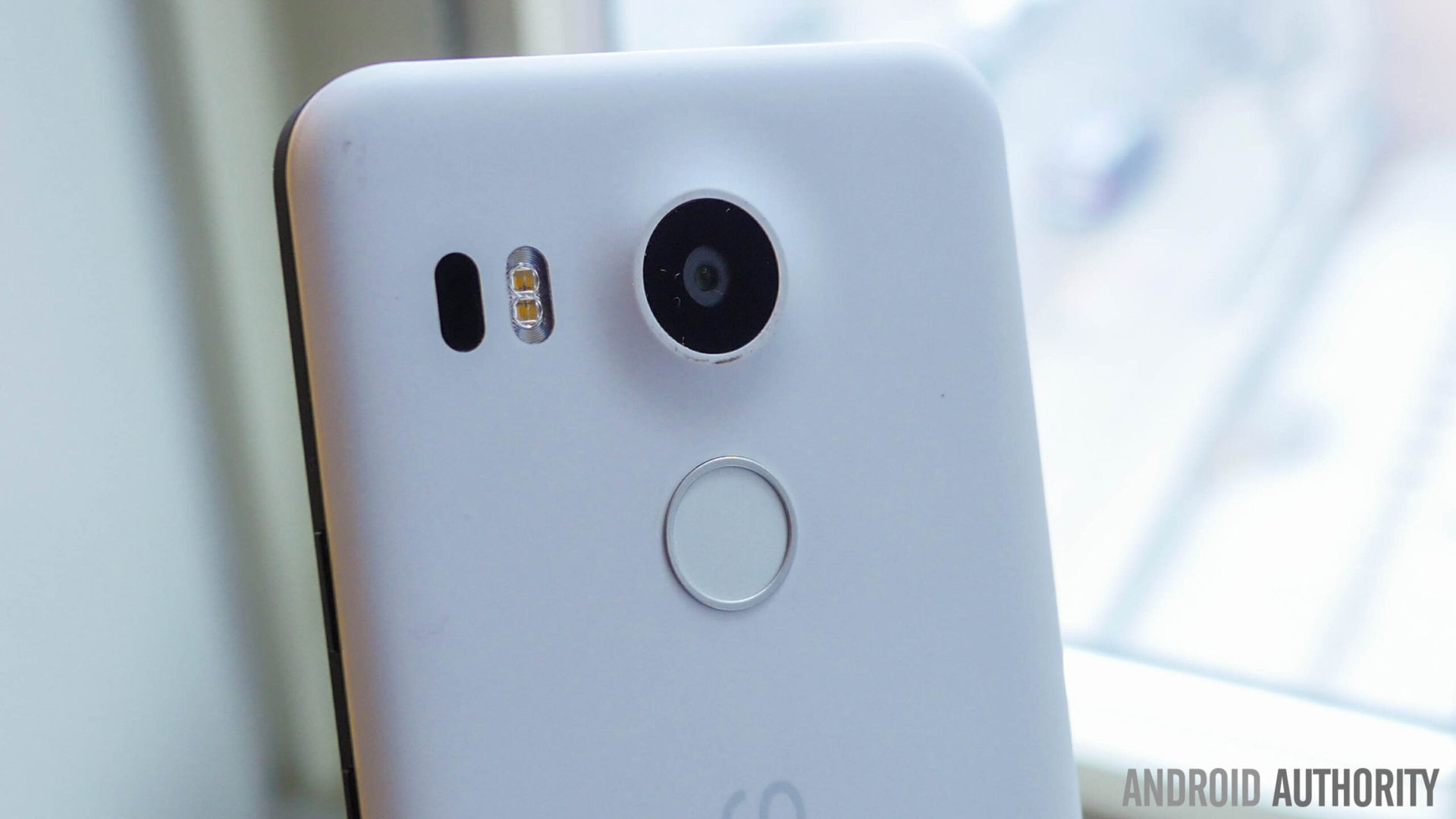
Both devices come with a standard suite of connectivity options, but NFC is found only with the Nexus 5X. This will let users take advantage of features like Android Pay. NFC is something that OnePlus, once again, decided to leave out of their smartphone because “not enough users were using it.” One aspect that needs to be addressed is with regards to mobile connectivity in the US. The OnePlus X lacks a couple of key bands, one required for AT&T, and the other for T-Mobile, which will result in restricted high-speed internet access on these networks. Basically, if you want to use one of these phones on AT&T or T-Mobile, you should get the Nexus 5X.
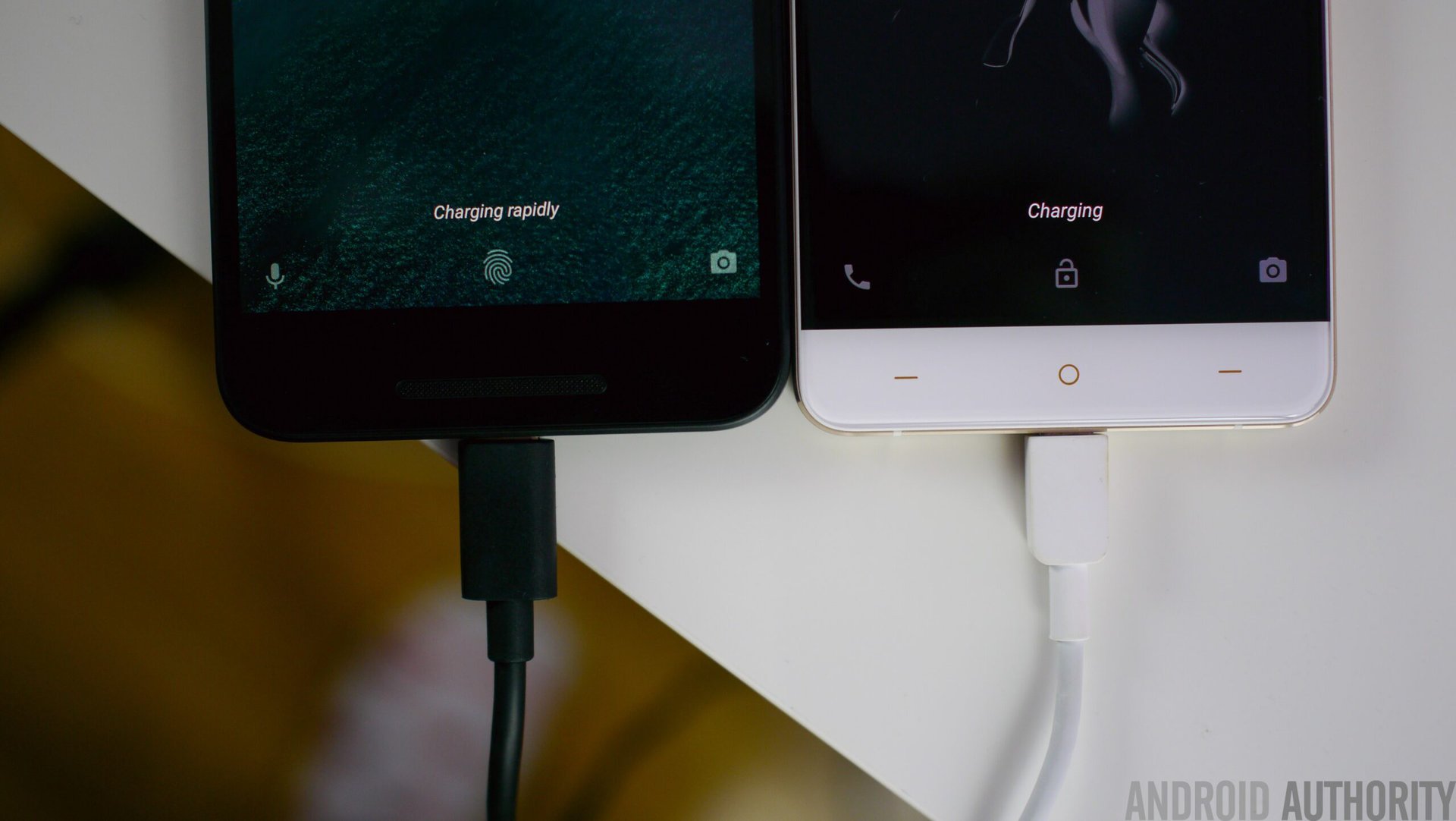
In battery, the Nexus 5X comes with a larger 2,700mAh battery, compared to the 2,525mAh unit of the OnePlus Xw. While the OnePlus X allows for an average of 3 hours of screen-on time, you do get more with the Nexus 5X, which allows for around three and a half hours of screen-on time. Providing a further boost in the battery life of the Nexus 5X is Doze, a battery saving feature baked into Android 6.0 Marshmallow. Doze puts the device in a very low power state when it isn’t moved for a while, and results in impressive standby time, with a drop of maybe one or two percent overnight. Finally, the Nexus 5X also comes with fast charging, that lets the device charge in almost half as long as it takes for the OnePlus X to fully charge. It should be noted that neither one of these smartphones take advantage of wireless charging.
Camera
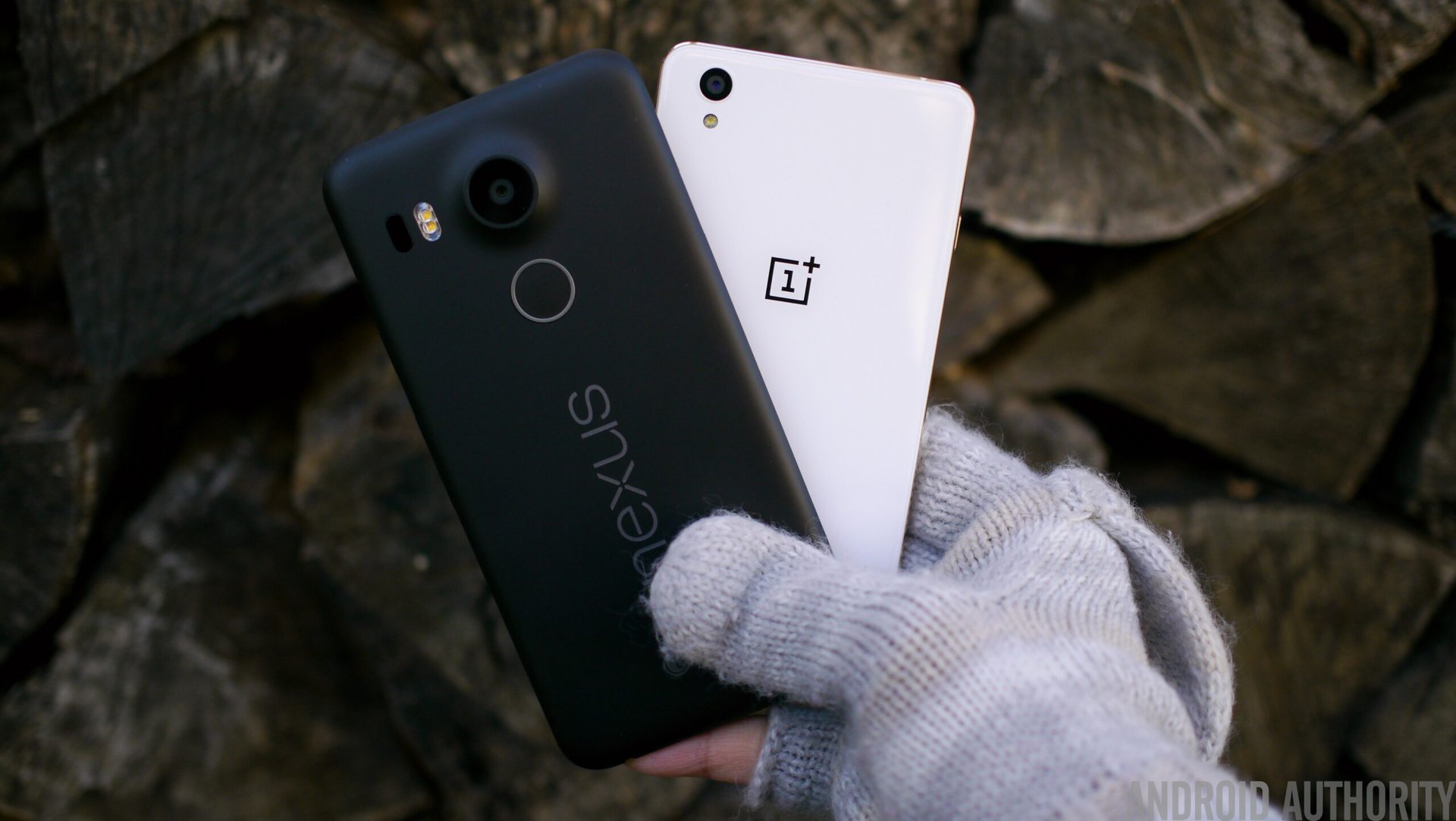
One of the more disappointing aspects of most affordable smartphones out there has to do with the camera experience, but both the Nexus 5X and the OnePlus X seem to buck that trend with their respective camera packages. The OnePlus X comes with a 13 megapixel rear camera that uses phase detection autofocus, along with a 8 megapixel front-facing shooter which allows for some detailed selfies. The Nexus 5X features a new 12.3MP sensor with a pixel size of 1.55 microns, f/2.0 aperture, and a laser autofocus system. It also has a 5MP front-facing camera. Unfortunately, neither smartphone cameras feature optical image stabilization.
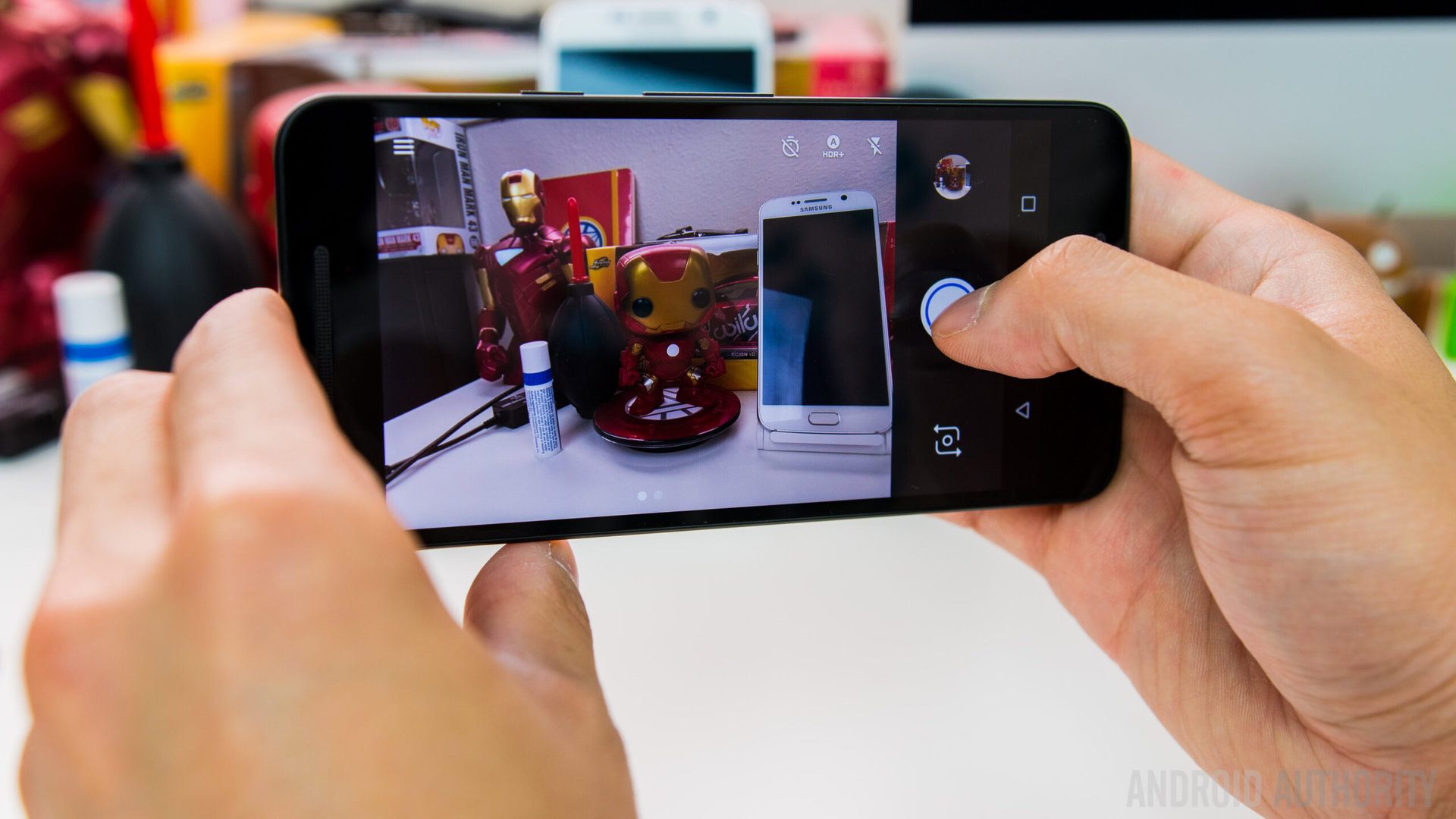
As far as image quality is concerned, the OnePlus X does tend to have the softer image, while shots with the Nexus 5X camera seem to be a little sharper. Images are a lot more saturated with the OnePlus X camera though, and while the color reproduction is more accurate with the Nexus 5X, some users may prefer the images possible with the former. Both phones do have a habit of overexposing, but that is where HDR comes in.
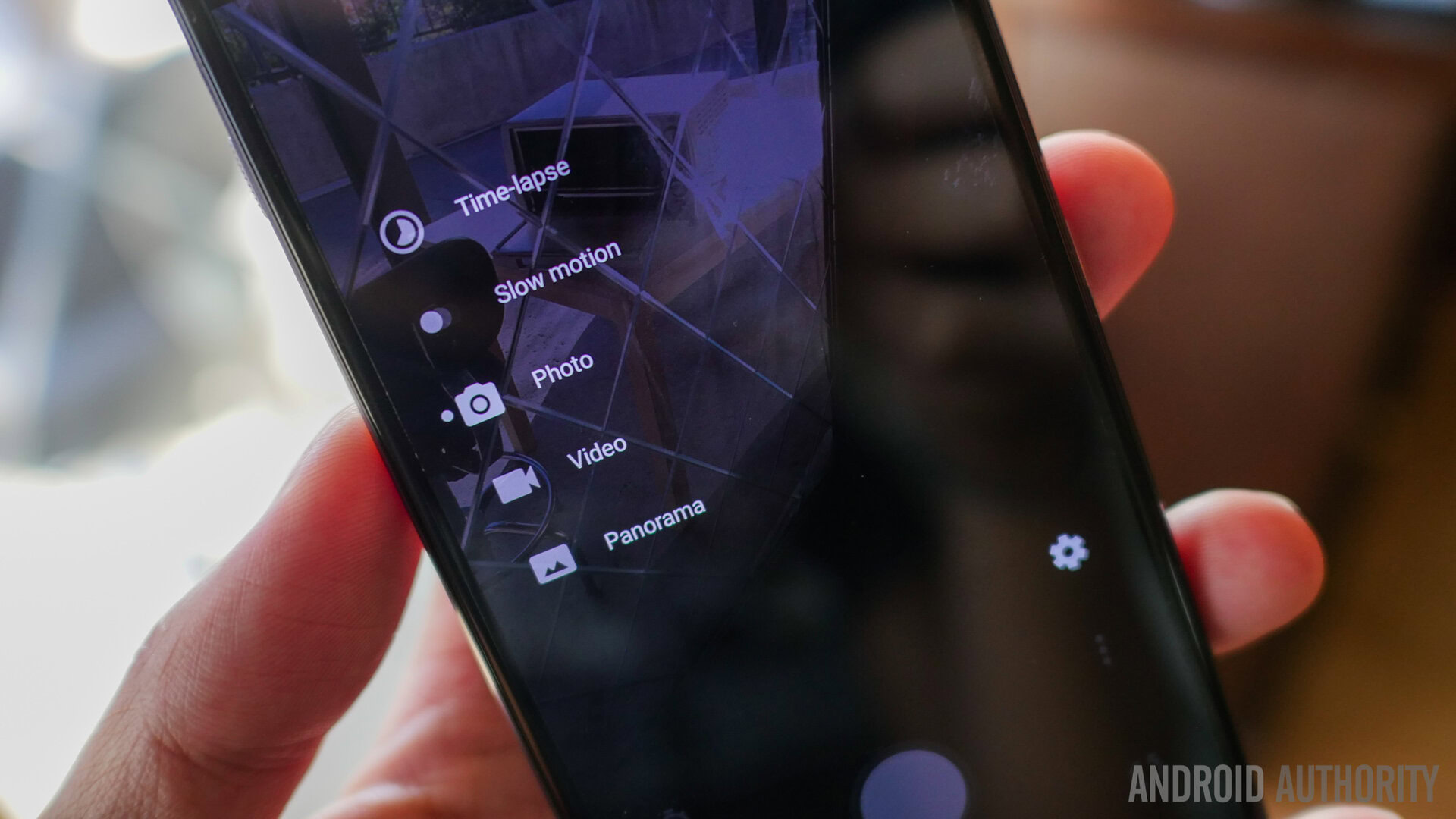
However, HDR mode on the OnePlus X does almost nothing, with there hardly being a difference when turning the feature on. On the other hand, the Nexus 5X comes with HDR+, which performs a lot of image processing in the background depending on the photo. HDR with the OnePlus X works much better in low light conditions, and while HDR+ is not required with the Nexus 5X to get a brighter picture, though it certainly still helps. HDR+ found with the Nexus 5X makes a big difference in most situations, and helps pull this camera ahead of that of the OnePlus X.
OnePlus X camera samples
When it comes to video capture, the lack of OIS means that both phones create some shaky videos. That said, things are much clearer and sharper with the Nexus 5X, while on the OnePlus X, we have a more smooth rendering of objects that isn’t very flattering. The Nexus 5X is able to capture video in the 4K resolution, and is also capable of slow motion video recording at 120fps, which are two features that aren’t available with the OnePlus X.
Nexus 5X camera samples
When it comes to the front-facing cameras, despite the shooter of the OnePlus X featuring a higher megapixel count, selfies taken with the Nexus 5X offer a lot more detail. Pictures are clearer, colors are better, and exposure is a little better as well. The OnePlus X selfie cam does come with a beauty mode, but it isn’t something that a lot of people will use regularly.
Overall, while the OnePlus X is capable of taking good shots in certain situations, the Nexus 5X does offer the far better camera experience overall.
Software
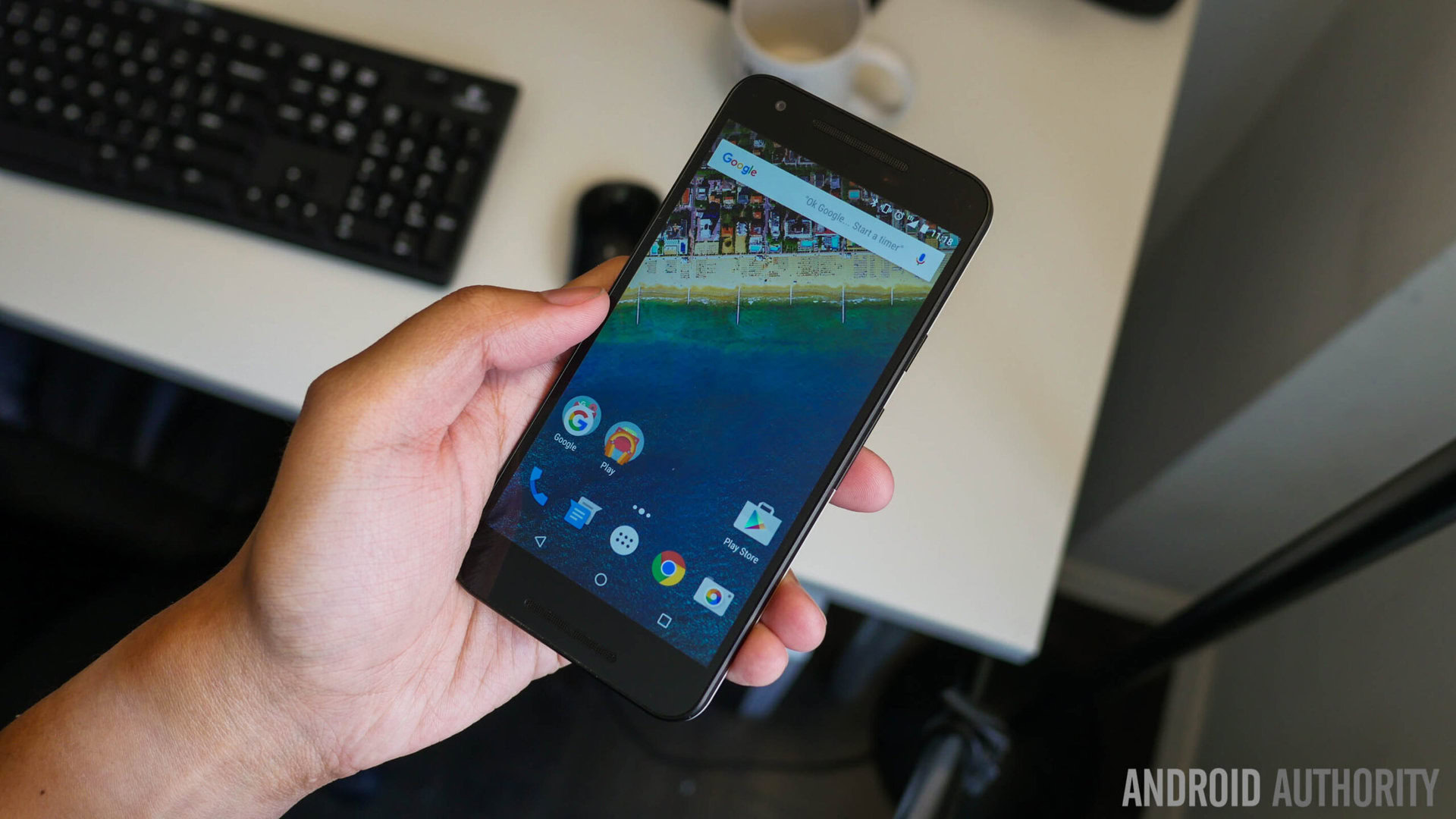
On the software side of things, the Nexus 5X comes with Android 6.0 Marshmallow out of the box, while the OnePlus X ships with the latest version of OnePlus’ Oxygen OS, based on Android 5.1.1 Lollipop.
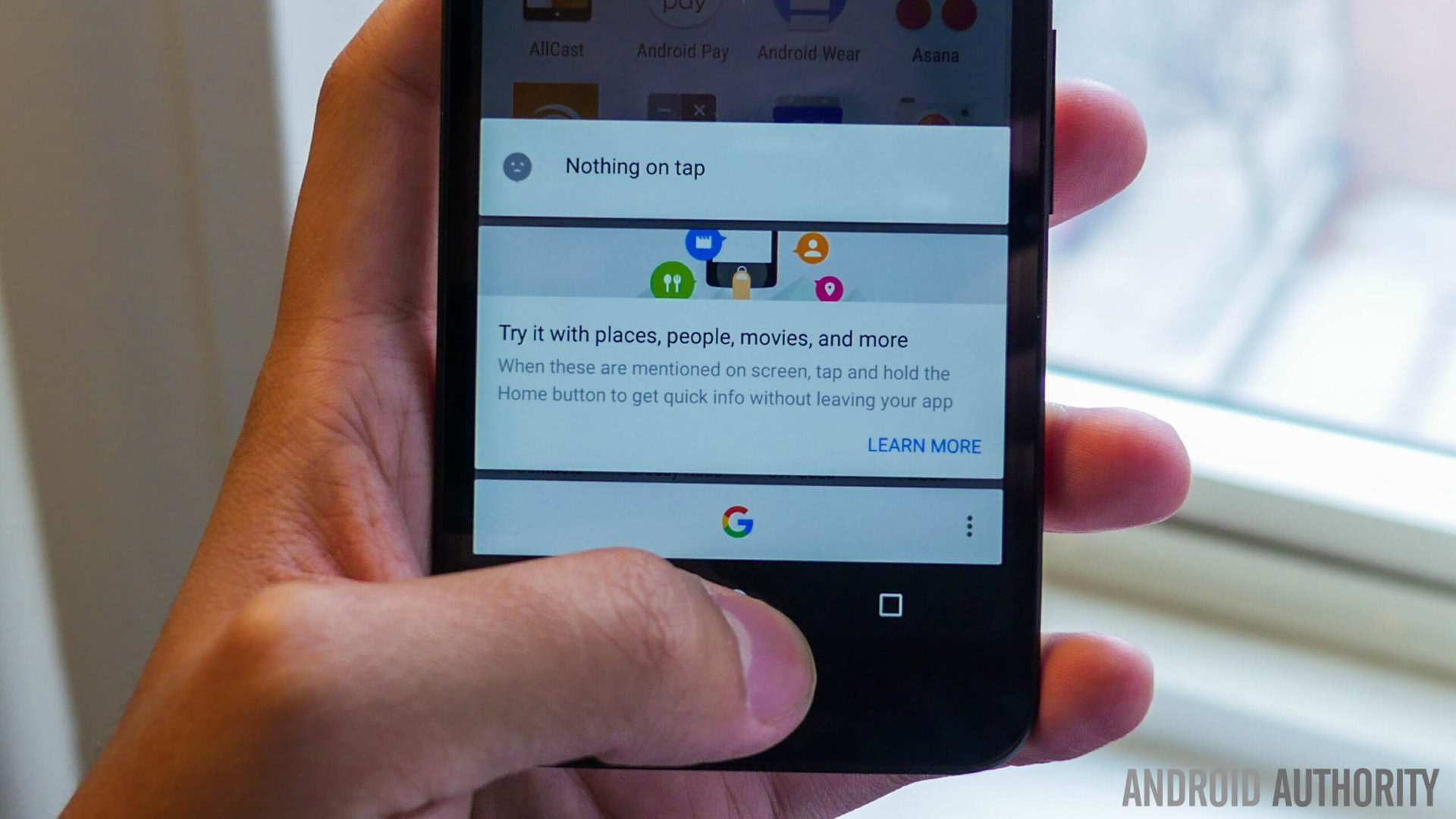
The obvious advantage with owning a Nexus smartphone, apart from the promise of timely updates, is the availability of the purest version of Android. With the software being controlled by Google, what you get is a simple and worry-free experience. Stock Android doesn’t come with a whole lot of bells and whistles, and apart from a few aesthetic changes, such as the now vertically-scrolling app drawer, the most notable additions with Android 6.0 Marshmallow are Doze, more granular control over app permissions, and Google Now on Tap.
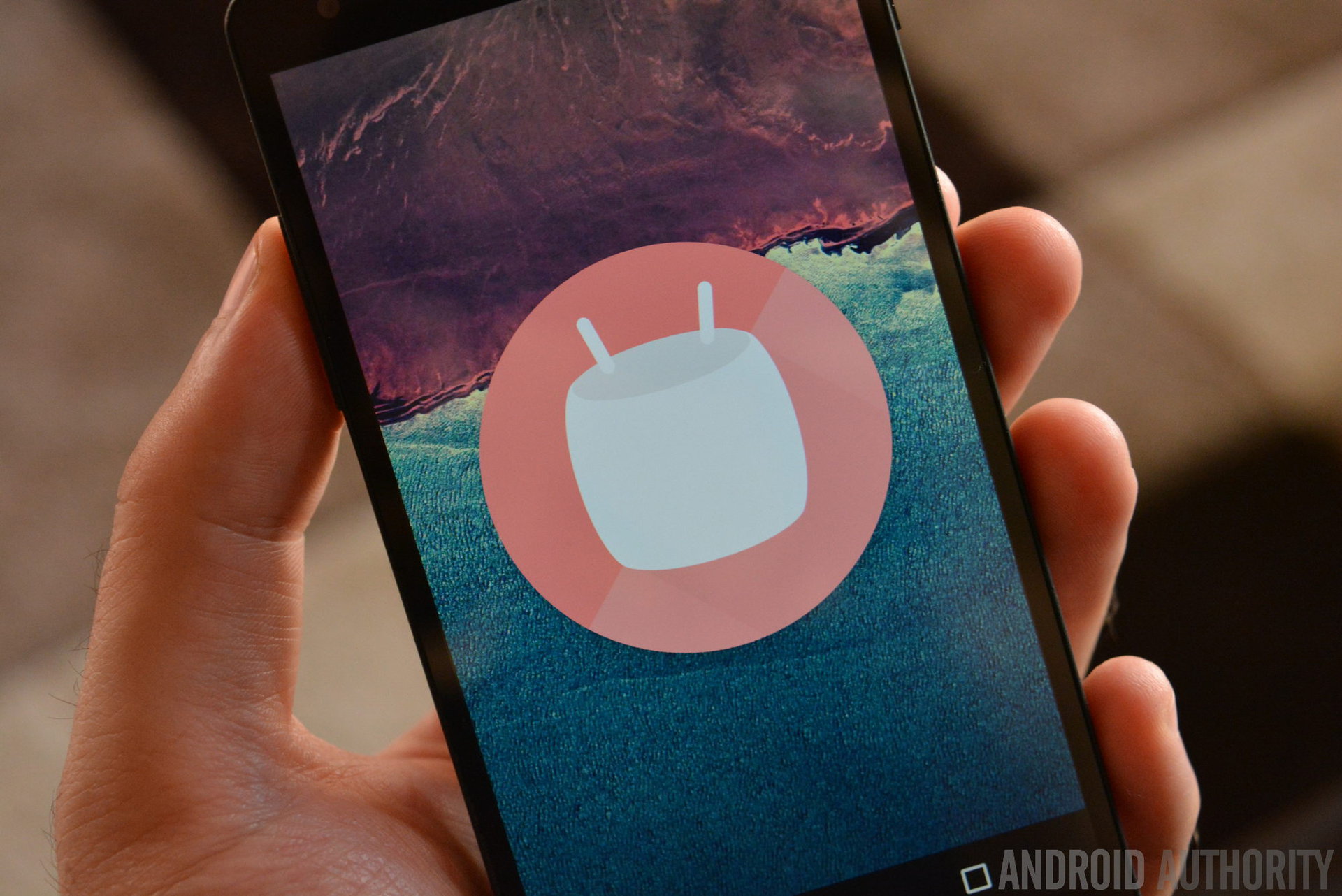
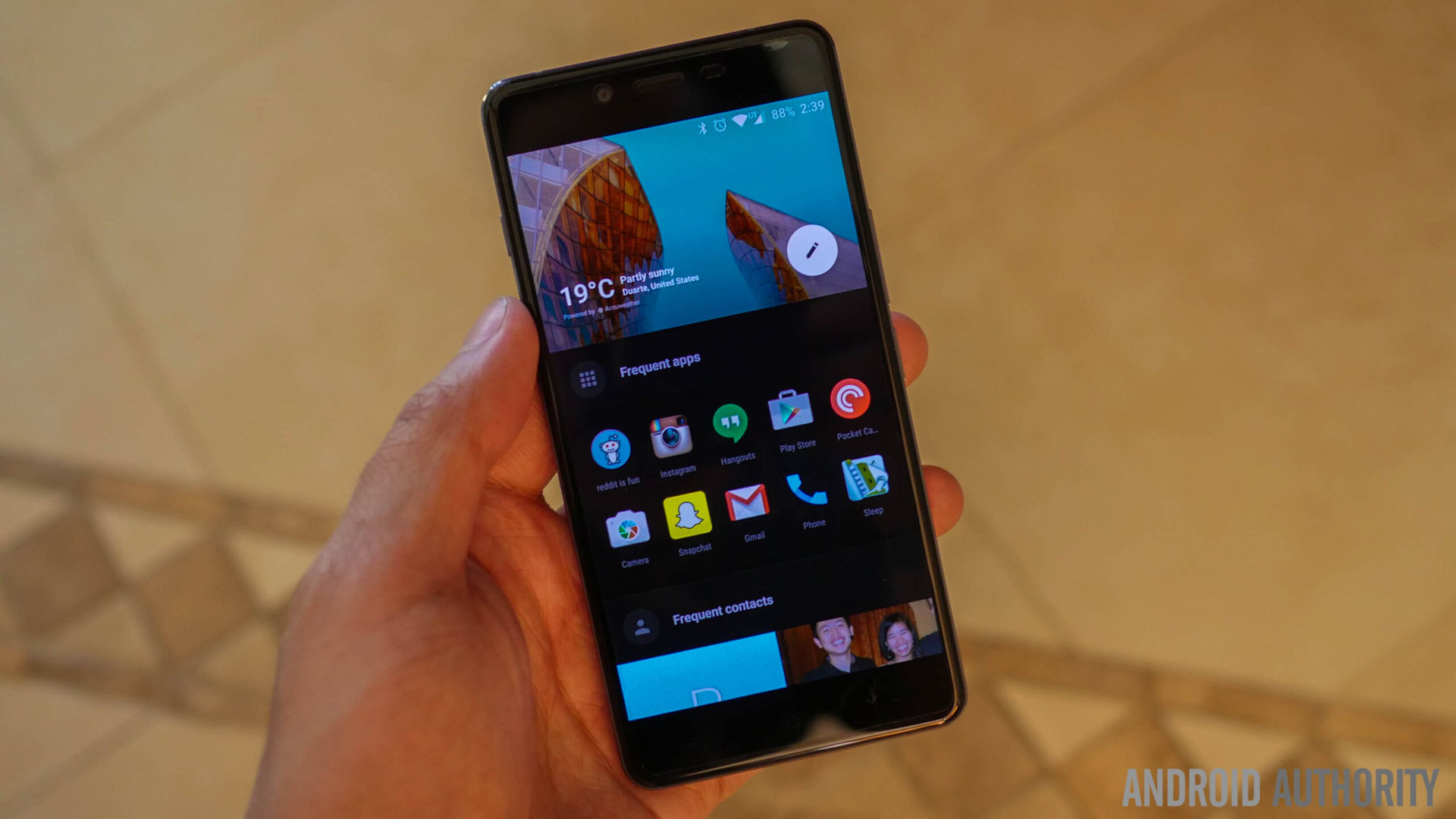
On the other hand, the OnePlus X comes with the latest version of the Oxygen OS, which is aesthetically very similar to a stock iteration of Android Lollipop. Users are given the choice between on-screen navigation keys or capacitive keys with the OnePlus X, which will help save a bit of screen real estate. Having double tap to wake functionality is pretty nice as well. Finally, there is Shelf, where frequent apps, favorite contacts, and user-defined widgets can be stored, allowing for a way to save space on the homescreens.
If having the latest version of Android is important to you, the Nexus 5X is the best way to make that happen. But if that isn’t particularly important, the OnePlus X does offer a slew of interesting and useful features which may be what some users are looking for.
Specifications
| Nexus 5X | OnePlus X | |
|---|---|---|
Display | Nexus 5X 5.2-inch IPS LCD display 1080p resolution 424 ppi | OnePlus X 5-inch AMOLED display 1080p resolution 441 ppi |
Processor | Nexus 5X 2 GHz hexa-core Qualcomm Snapdragon 808 Adreno 418 GPU | OnePlus X 2.3 GHz quad-core Qualcomm Snapdragon 801 Adreno 330 GPU |
RAM | Nexus 5X 2 GB | OnePlus X 3 GB |
Storage | Nexus 5X 16/32 GB not expandable | OnePlus X 16 GB expandable via microSD up to 128 GB |
Camera | Nexus 5X 12.3 MP rear camera 5 MP front-facing camera | OnePlus X 13 MP rear camera 8 MP front-facing camera |
Connectivity | Nexus 5X Wi-Fi 802.11 a/b/g/n/ac Bluetooth 4.2 GPS+GLONASS NFC USB 2.0, Type-C 1.0 reversible connector | OnePlus X Wi-Fi 802.11 b/g/n Bluetooth 4.0 GPS+GLONASS FM Radio microUSB 2.0 |
Software | Nexus 5X Android 6.0 Marshmallow | OnePlus X Android 5.1.1 Lollipop |
Battery | Nexus 5X 2,700 mAh | OnePlus X 2,525 mAh |
Dimensions | Nexus 5X 147 x 72.6 x 7.9 mm 136 grams | OnePlus X 140 x 69 x 6.9 mm 138 grams |
Gallery
Pricing and final thoughts
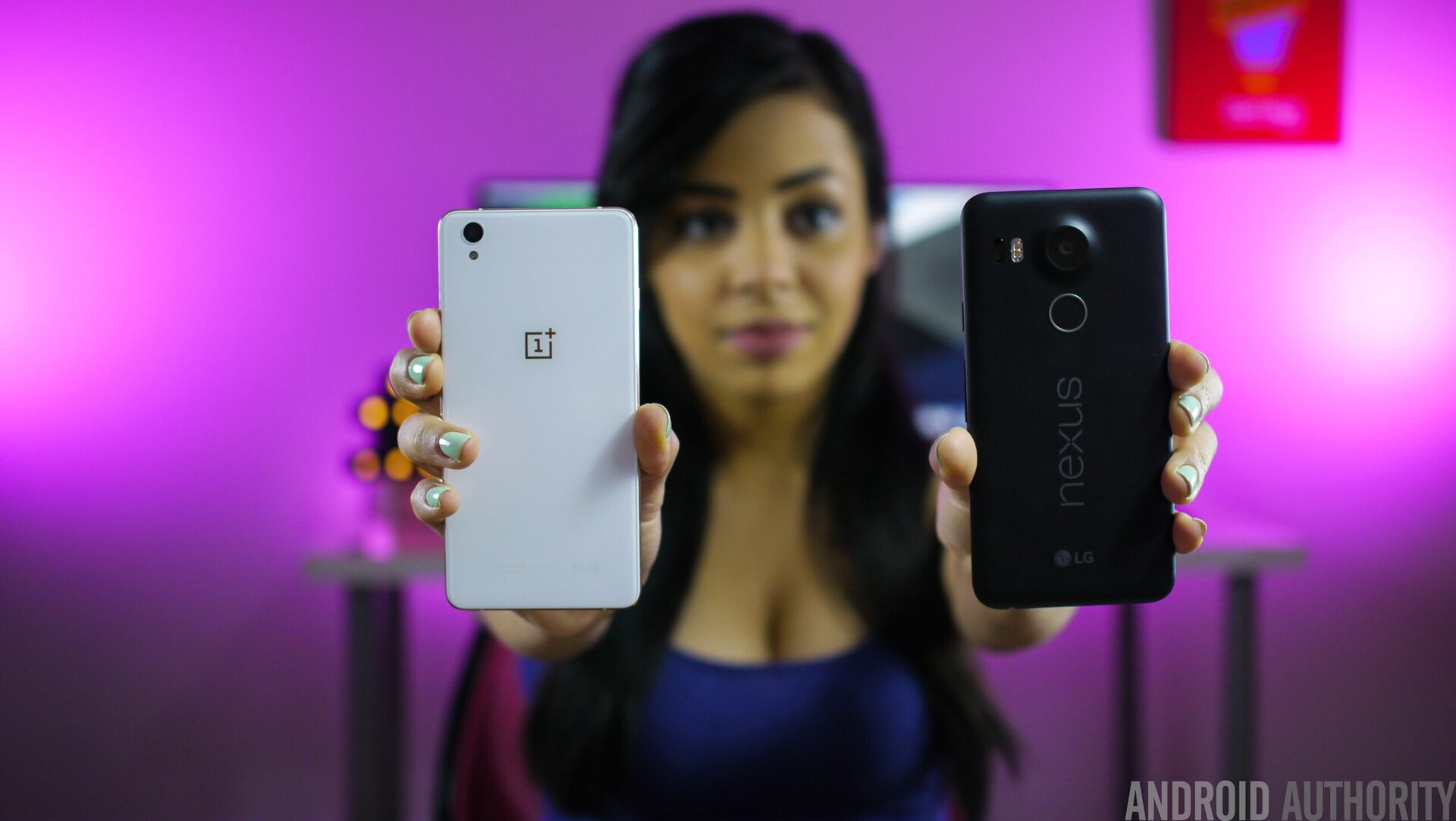
Price is a big factor with these smartphones, and is what makes these devices so special. The Nexus 5X is priced at $379 for the 16 GB version, requiring an additional $50 for the 32GB iteration. On the other hand, the OnePlus X is priced at an aggressive $249, and while you still have to deal with the dreaded invite system, that will likely not last for too much longer.
So there you have it for this comprehensive look at the Nexus 5X vs OnePlus X! At first glance, the cheaper OnePlus X does seem to offer more value, with its premium design and build quality, and better display. However, when you dig a little deeper is where the Nexus 5X starts to shine, with it coming with a fingerprint scanner, and better performance, battery life, and camera, which are all essential factors for a good smartphone experience. If you are a casual user in the market for an affordable but premium looking smartphone, the OnePlus X is a great choice, but the better experience is to be had with the Nexus 5X.
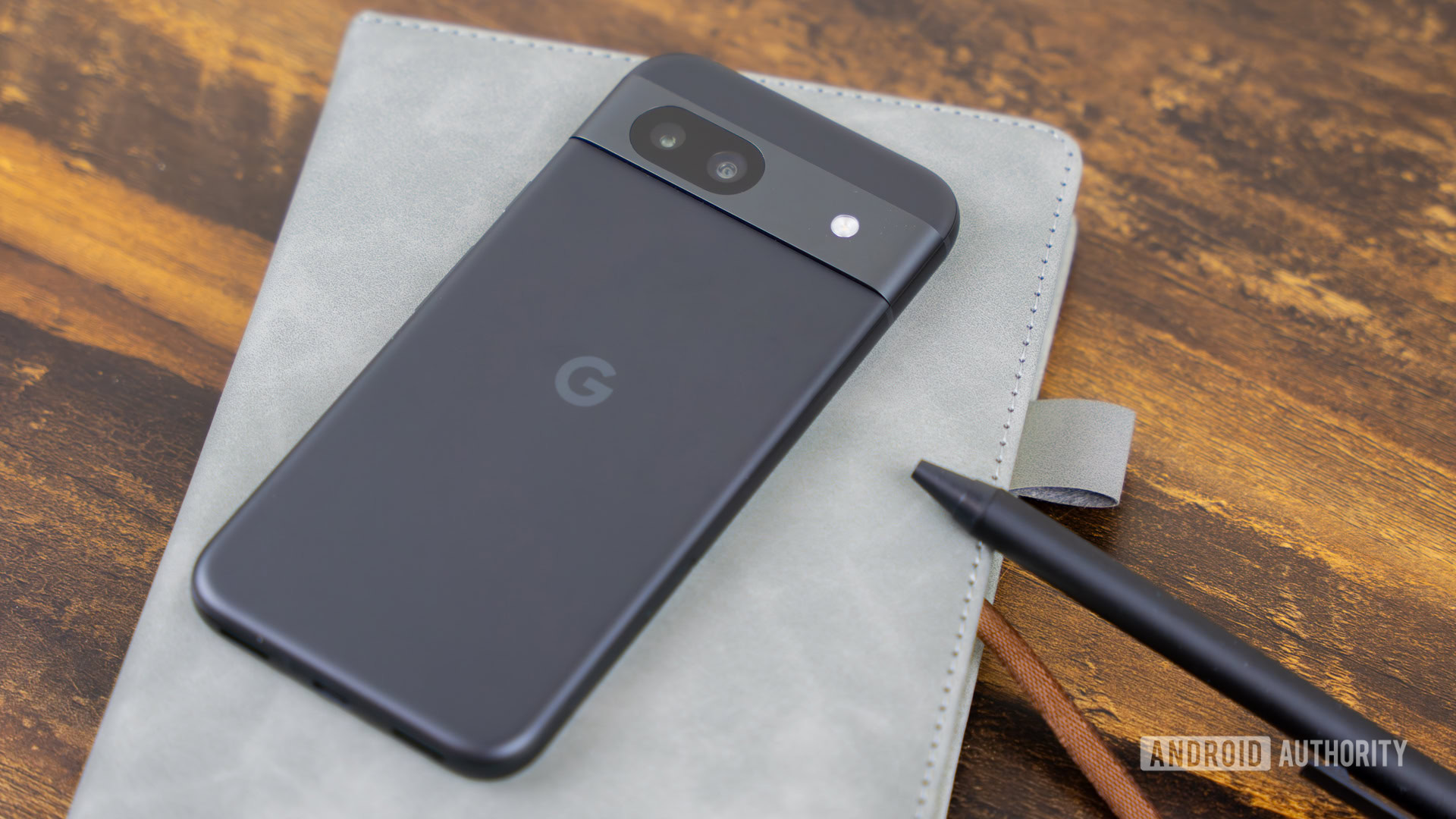
What are your thoughts? Be sure to let us know what you think in the comments below!